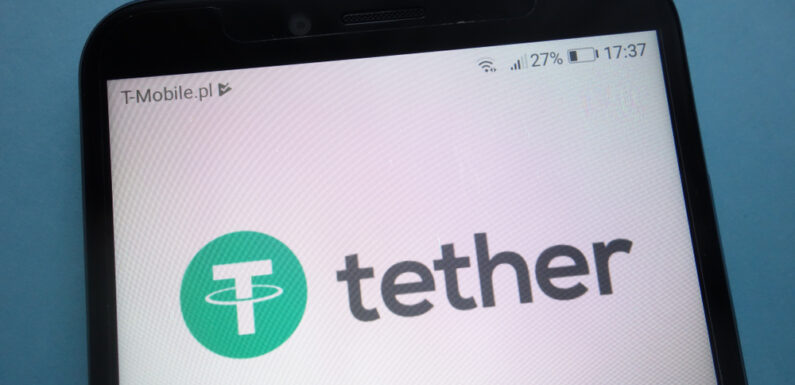
An official report from the popular stablecoin issuer Tether reveals that the company will heavily invest in purchasing Bitcoin (BTC) to strengthen the excess reserves. The May 17 report disclosed that the company would allocate approximately 15% of the profits to purchase Bitcoin.
The Tether team has proposed that the proceeds generated in May will be utilized to make the first purchase of BTC. Subsequently, the Tether chief technology officer Paolo Ardoino mentioned that BTC had demonstrated a reliable store of value that would stimulate growth in the long run.
In his statement Ardoino outlined most Bitcoin features, including its resilience, limited supply, and decentralized characteristics. Ardiono argued that Bitcoin’s distinctive features provide innovative solutions that match the needs of institutional and retail investors.
Overview of Tether’s Investment Strategy
The Tether report illustrated that the purchase of BTC was one of the investment strategy implemented by the firm to boost the firm’s financial performance. The Tether team revealed plans to diversify their portfolio reserves in the coming days.
In his report, Ardiono stated that the stablecoin issuer company would consider BTC as minimum reserve assets supported by Tether stablecoins. A recent report from Assurance revealed that Tether owns roughly $1.5 million BTC stored as company reserves.
As of this writing, Tether (USDT) ranks among the third largest cryptos by market capitalization. In addtion, Tether is the largest stablecoin pegged to the US dollar.
According to Tether’s report, the company will only utilize the profits generated to purchase measurable amounts of BTC. The stablecoin issuer will not invest the unrealized gains from changes in crypto prices.
Tether USDT Market Performance
An official tweet from Adroino reveals that the company has accumulated over $ 2.5 billion in excess reserves along with the 100% reserves that back the stablecoin. The report illustrated that the regulators spiking interest and other investments, including gold, compelled the company to back the digital asset using the fiat currency.
Adroino argued that it was important for Tether to protect the user base value since the firm cannot execute fractional reserves done by the financial institutions. He confessed that the fractional reserve approach failed to create more value for the stablecoin.
A review of Tether’s Q1 financial report demonstrated that the stablecoin issuer generated a net profit of $1.48 billion, and the reserves reached an all-time high. The company reserves reached $1.48 billion in Q1. The report demonstrated that the total stablecoin supply jumped by 20% by March.
Tether Face Public Criticism
Besides generating measurable gains in Q1, the US Securities Exchange Commission (SEC) accused Tether of providing “dubiuos” reserves. SEC Commissioner, John Reed Stark, issued a report on May 8 arguing that the stablecoin issuer’s unaudited reports were meaningless. In his tweet, Stark labeled Tether’s USDT token as “a mammoth house of cards.”
Before this, the US House of Financial services committee issued a stablecoin bill highlighting the key areas that key stakeholders should adjust. Following the release of the Stablecoin bill, the US House of Financial services committee will subject Tether to potential legal action for violation of the law.
Elsewhere market critics argued that Tether fails to provide the user with sufficient information regarding US dollar reserves used to back the stablecoin USDT. A report from a Twitter user, “Girevik,” revealed that Tether violated the US Federal Reserve regulations to fulfill their interest. Girevik argued that Tether has regularly failed to settle the depository charges even after generating considerable income from interest from the US treasuries.
In a subsequent tweet dated May 10, Girevik expressed concern about whether the investors fled the Tether platform to explore the exceptional services banks and money markets provided.
In a recent announcement by Wall Street Journal (WSJ), it was observed that most documents used to back the stablecoin USDT were fake reports and were associated with shell companies. Additionally, the WSJ report demonstrated that Tether utilized inaccurate and misleading information to back the USDT.



